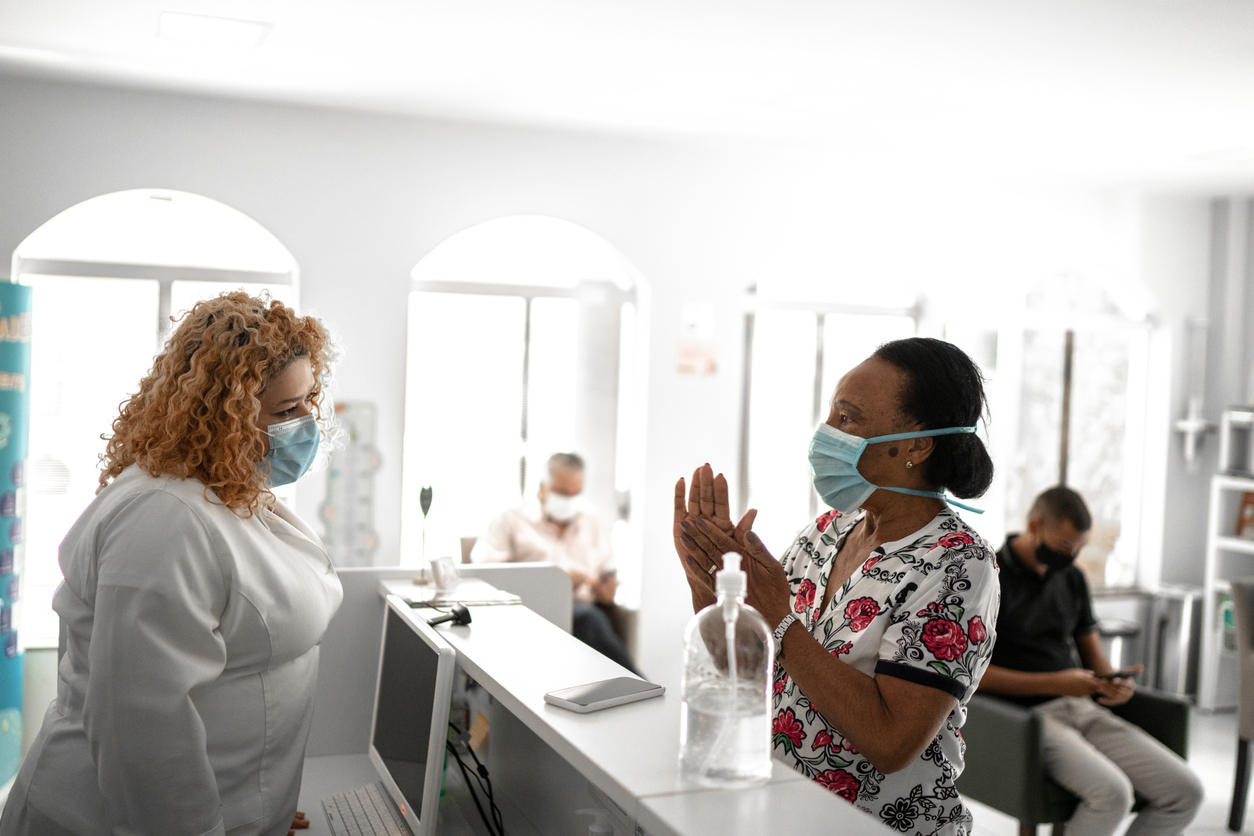Why does healthcare need to become more customer service focused?
When we approach this question logically and consider everything from patient satisfaction scores to differentiating in competitive markets and innovative advancements in technology to meet evolving consumer expectations in the wake of the pandemic, this philosophical argument is easily distilled down to one answer: it’s good business.
But how healthcare becomes more customer service focused is not so easily answered because we first have to be accountable for the problem(s) brought on by decades of maintaining the status quo. And to a make a good business case for change, the best place to start is being honest with ourselves about the system and the subtle but important difference between customers and patients.
“‘Customers’ are generally well people who enjoy an elevated status by virtue of their potential to purchase goods or services. ‘Patients’, on the other hand, are (by current definition), not well. Their status is greatly reduced by illness or injury that renders them vulnerable, frightened, and often in pain, medicated, exhausted and confused.” ~ Kathy Torpie
Customers get the benefit of feeling like important people throughout every stage of the buying process because they have the freedom and ability to choose from competitively priced options presented with full transparency.
Patients are vulnerable end users often confronted with a sense of urgency to buy something without fully understanding the terms and conditions, and the healthcare system is a funnel designed to receive and eventually convert everyone into patients.
The Strategy Problem
Everyone in healthcare wants to help people be well and live life to the fullest. But the business side of healthcare and the patient journey is dependent on an episodic event, which is when we want people to trust us and choose us in that time of need. And even the best patient journey can become a regulated sequence of interactions and processes built around treating people like patients.
Customers lack the tribal knowledge of how healthcare works, which makes them less likely to engage unless they have to and their approach defers to their perception of the system that typically falls into one of two categories:
- Remaining generally well and doing whatever they can to avoid needing healthcare.
- Searching/Shopping for healthcare only in times of need.
So how do we engage with people that have marginalized healthcare as something they don’t understand and would prefer to have nothing to with us?
Customer Service Solutions
The patient journey may be predicated on an episodic need for care, but customer service is about the support we offer before and after people buy and use our products and services. It’s about anticipating needs and addressing them in advance. It’s the ability to communicate and provide direction that can be invaluable information in a time of need.
Here are some examples of how customer service can support the patient journey:
Help people feel like they are part of the healthcare process, not just potential end users. You are both part of the same community. People don’t need to know the economic side of the business or data being used to improve the health of a population and reduce the per capita costs. But it is helpful to feel connected to healthcare providers, what they do and why, and how accessible they can be if needed.
Be proactive with communication and what to expect when they engage with you. Your brand can tell more than one story. Yes, it is important to inspire people with treatments options and paths to recovery. But it’s also helpful for people to imagine what it will be like to schedule an appointment and how easy it will be to do business with you. Communication is key and response time to inquiries sends a strong message that people can trust you.
Provide direction and remove any barriers. Anticipate what patients will need (from the first step to next steps) and where they might get hung up. Because tasking people with navigating the system and being the ‘general manager’ of their care is the customer service equivalent of a luxury resort where room service is something you have to pick up and cook yourself and the concierge desk is a tablet with Google search.
Be helpful! Every phone call or interaction should conclude with “Is there anything else I can do to help?” Something so small makes people feel important and that you have time for them.
Healthcare 101 Help demystify the system for people doing their research. Kaiser Permanente offers up a great example of a blog educating people and helping them understand medical terms, insurance questions, HSA vs. FSA, urgent care vs. emergency care, etc.
Is there anything else we can do to help?
The HealthX Group can provide an objective view of your healthcare organization and help improve your patient experience. That includes strategies to attract, engage and retain healthcare customers. Contact us today to begin your discovery.
References
Kathy Torpie, Customer service vs. Patient care. PXJournal, 2014. https://pxjournal.org/cgi/viewcontent.cgi?article=1045&context=journal
Kaiser Permanente, Healthcare 101. https://thrive.kaiserpermanente.org/thrive-together/health-care-101

